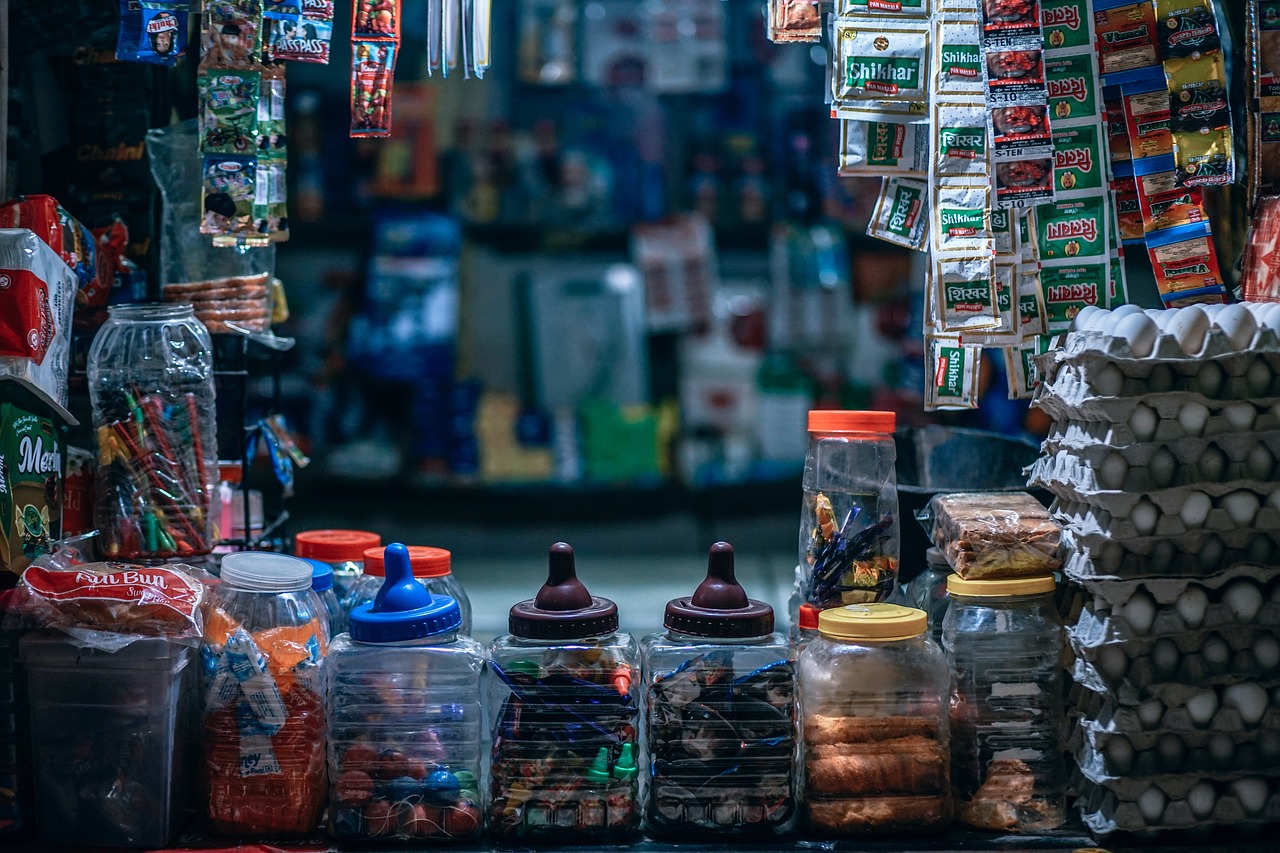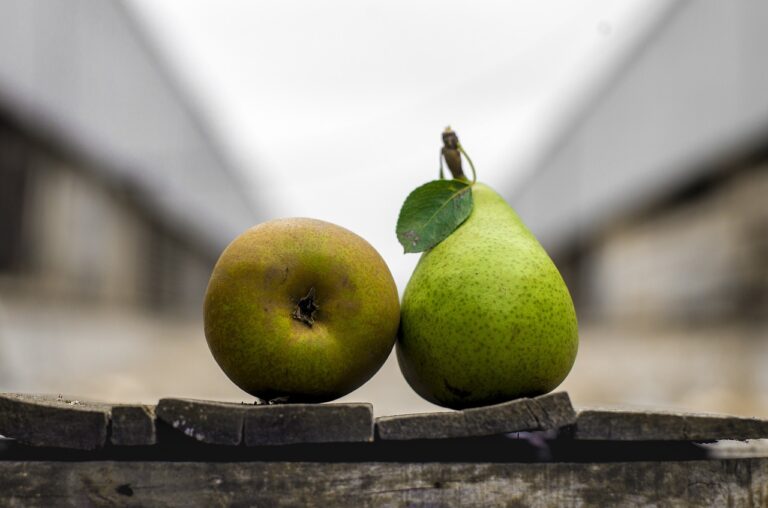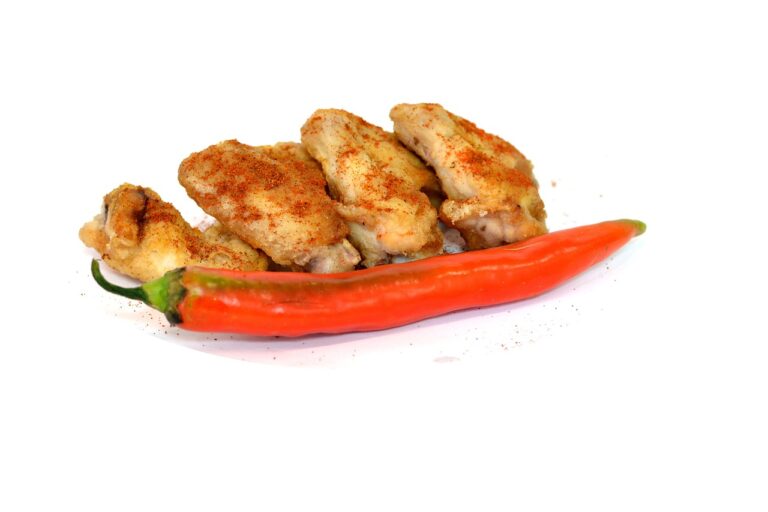The Impact of Food Delivery Apps on the Restaurant Industry
Food delivery apps have significantly impacted the way customers approach dining. With the convenience of ordering food at the tap of a screen, consumers have shifted towards the habit of dining in the comfort of their own homes. This change has led to a decline in the traditional dine-in experience, as more individuals opt for the ease and efficiency of ordering meals through these platforms.
Furthermore, the variety of cuisines and restaurant options available through food delivery apps has broadened customers’ palates and preferences. Customers can now explore a diverse range of culinary choices without leaving their homes, leading to an increased openness to trying new dishes and flavors. This exposure to different types of cuisine has not only expanded customers’ culinary horizons but has also influenced their dining decisions when eating out in restaurants.
The Rise of Ghost Kitchens in Response to Food Delivery Apps
With the surge in demand for food delivery services through apps, the concept of ghost kitchens has emerged as a strategic response from the restaurant industry. Ghost kitchens, also known as virtual kitchens or cloud kitchens, operate solely for the purpose of fulfilling online orders without the need for a physical dining space. These kitchens focus on efficiency and quick preparation of meals, catering primarily to the delivery market.
By eliminating the costs associated with running a traditional restaurant, such as rent and seating arrangements, ghost kitchens offer a cost-effective solution for restaurants looking to expand their reach in the digital age. This model allows for greater flexibility in experimenting with menu offerings and targeting specific customer segments based on data analytics from food delivery apps. Additionally, the ability to operate multiple virtual brands from the same kitchen space provides a competitive edge in meeting the diverse preferences of modern consumers.
Challenges Faced by Restaurants Due to Food Delivery Apps
Restaurants are facing an array of challenges as a result of the widespread use of food delivery apps. One major issue that restaurants encounter is the high commission fees charged by these platforms. These fees can eat into already slim profit margins, making it difficult for restaurants to sustain their businesses.
Additionally, restaurants often struggle to maintain the quality of their food when it is being delivered through these apps. The longer delivery times and handling by third-party drivers can lead to lukewarm or soggy dishes, resulting in dissatisfied customers. This has forced many restaurants to rethink their menu offerings and packaging to better cater to the demands of food delivery.
• High commission fees charged by food delivery apps can eat into profit margins
• Difficulty in maintaining the quality of food during delivery through these platforms
• Longer delivery times and handling by third-party drivers can result in lukewarm or soggy dishes
• Restaurants are forced to rethink menu offerings and packaging to cater to demands of food delivery
How have food delivery apps changed customer behavior?
Food delivery apps have made it more convenient for customers to order food from the comfort of their own homes, leading to a decrease in dine-in customers for restaurants.
What are ghost kitchens and how are they related to food delivery apps?
Ghost kitchens are professional food preparation and cooking facilities set up for the preparation of delivery-only meals. They have risen in response to the increase in demand for food delivery brought on by food delivery apps.
What are some of the challenges faced by restaurants due to food delivery apps?
Some challenges include high commission fees charged by food delivery apps, increased competition from other restaurants on the platform, and potential loss of control over the quality of the food during delivery.







